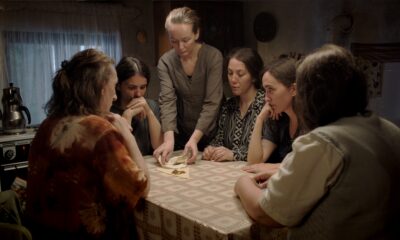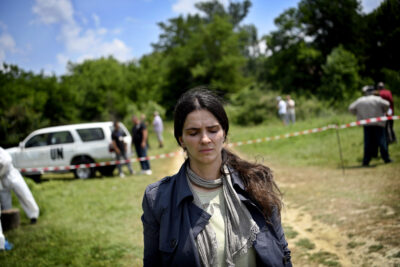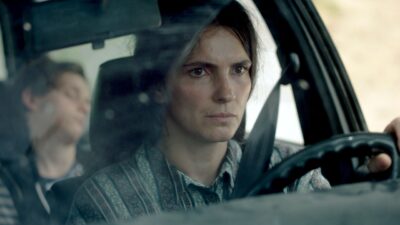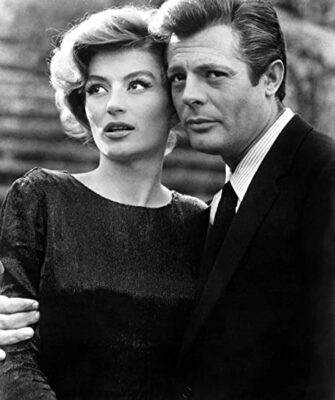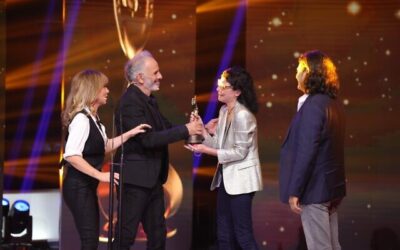The International Documentary Association just announced the nominees for its 37th annual awards, and we’re screening or soon to screen almost a dozen from this cinematic treasure trove:
FAYA DAYI is a triple nominee for Best Feature, Director and Cinematography and is available on Laemmle Virtual Cinema.
NOT GOING QUIETLY also garnered three nominations: Best Feature, Director and Writing. It, too, is on LVC.
We open the animated FLEE (Best Feature and Director) in January.
We have Best Feature nominee WOJNAROWICZ: F**K YOU F*GGOT F**KER now on Laemmle Virtual Cinema.
We open Best Feature nominee WRITING WITH FIRE on November 26 at the Royal.
Pare Lorentz Award Winner and Best Cinematography nominee THE FIRST WAVE opens this Friday at the Monica Film Center. The filmmaker will attend for Q&A’s after the 7:30 PM screening on Saturday, November 20 and after the 4:40 screening on Sunday, November 21.
Best Cinematography nominee ASCENSION is available now on LVC.
Best Music Documentary Nominee LYDIA LUNCH is now on LVC.
We open Best Editing Nominee PROCESSION this Friday at our Glendale theater.
Finally, we open ABC News VideoSource Award Nominee LIKE A ROLLING STONE: THE LIFE AND TIMES OF BEN FONG-TORRES November 26 at the Monica Film Center.



